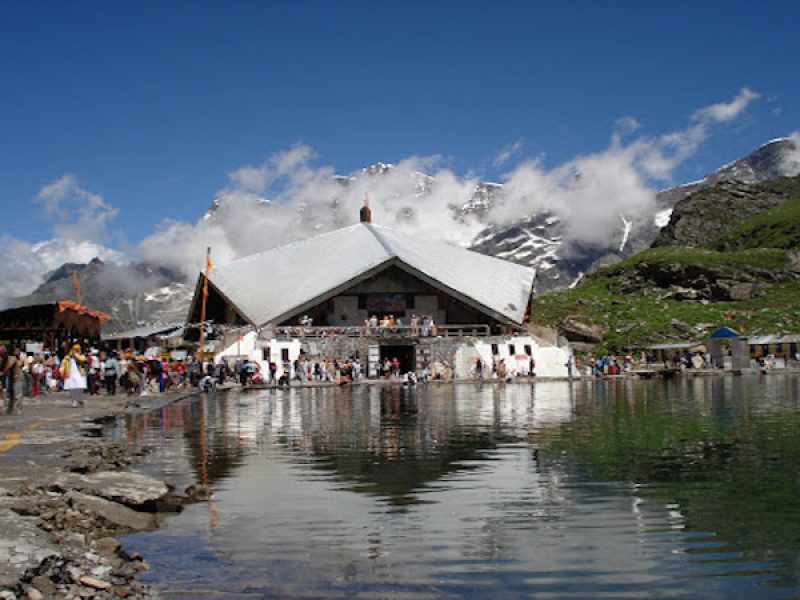Coffee is not native to the Americas, but Africa. The first coffee bush in Brazil was planted in the state of Pará in 1727. In the early 19th century when American and European demand increased, there was the first of two coffee booms. By the 1830s, coffee had become Brazil’s largest export and accounted for 30% of the world’s production. The second boom ran from the 1880s to the 1930s, corresponding to a period in Brazilian politics called: “Coffee with Milk”. The name refers to the largest states dominating industries: Coffee in São Paulo state and Dairy in Mi-nas Gerais state. Increasingly Italian, Spanish and Japanese immigrants provided the expanded labor force.
In 1920s, Brazil was a nearly monopolist of the international coffee market and supplied 80% of the world’s coffee. In the same period, coffee accounted for 16% of Brazil’s gross national product, and three fourths of its export earnings.

